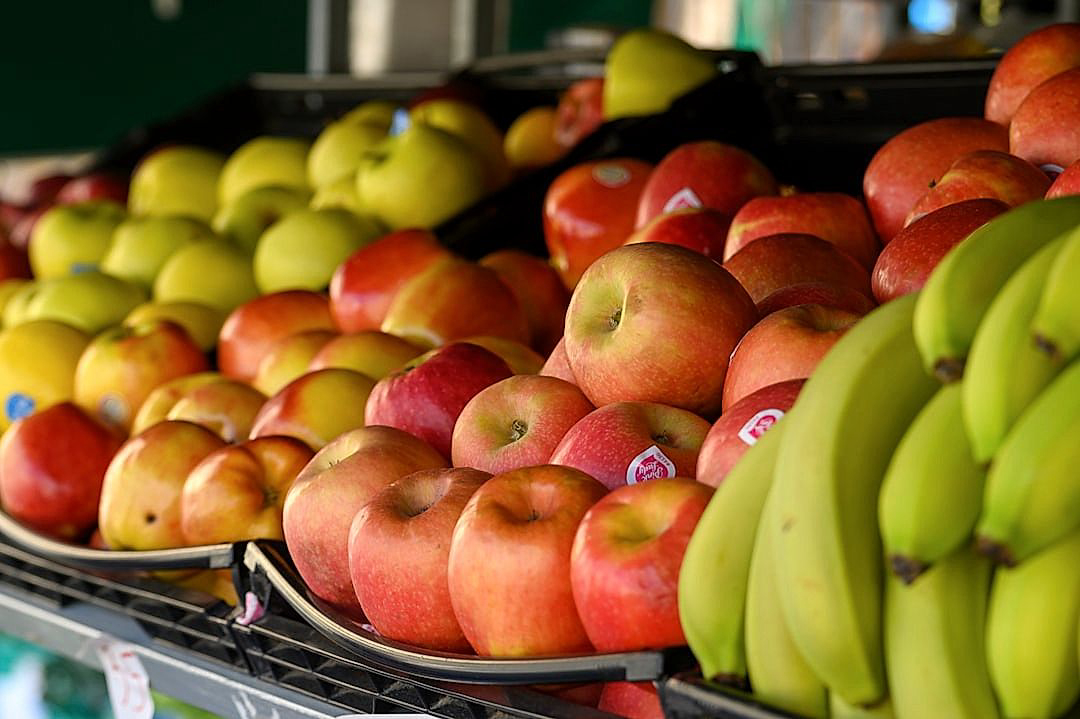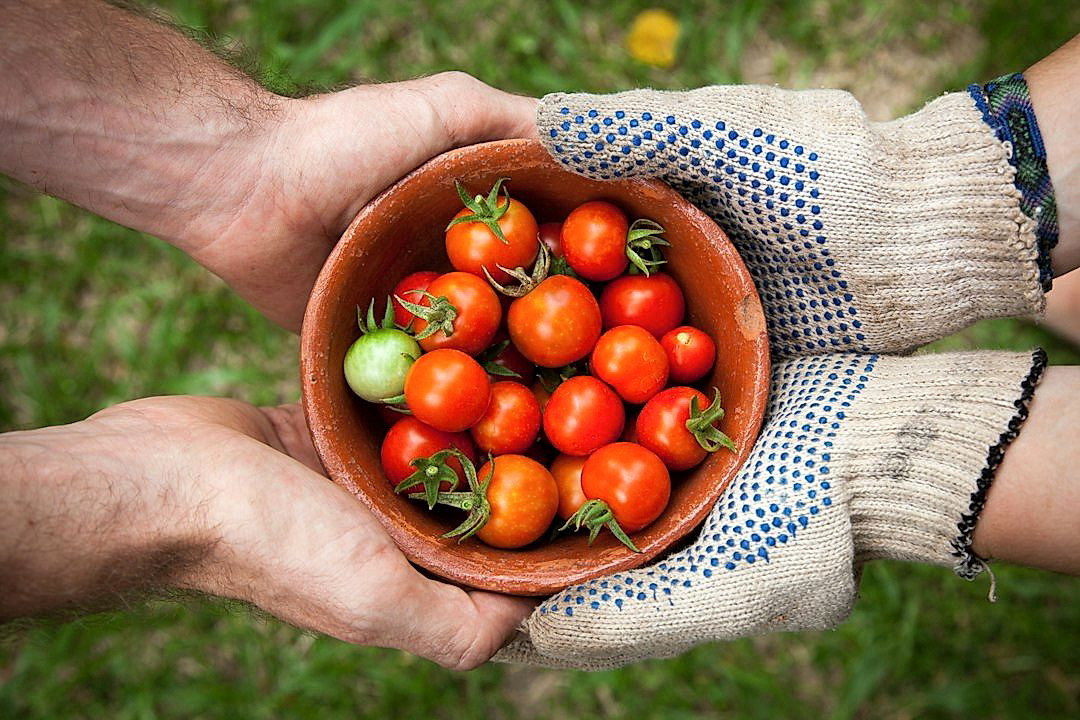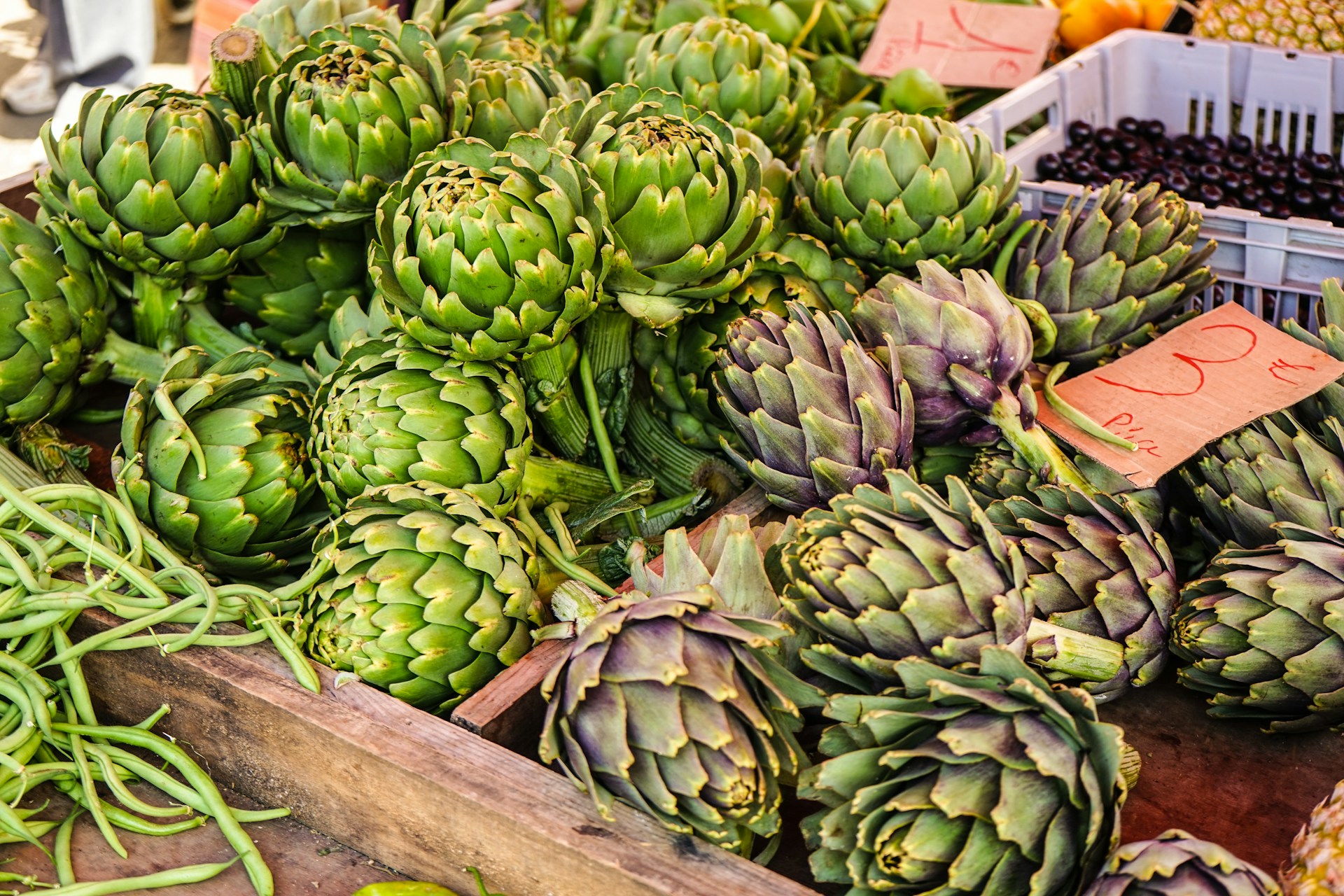Understanding the nuances of the seasonal produce market is crucial for packers to successfully navigate the landscape and maximize their profits.
The market dynamics are influenced by a range of ever-evolving factors including consumer demands, weather patterns, agricultural technologies, and governmental regulations.
This article aims to provide valuable insights into the market’s seasonal fluctuations and how they impact the packing industry.
Deep knowledge of these dynamics could prove pivotal in strategically aligning business operations to reap maximum benefits.
We’ll delve into the trends, opportunities, and challenges that packers should be aware of to optimally position their businesses.
Let’s unwrap the complex nature of this market together, providing the insights necessary for success in the produce packing industry.
Insights For Packers Into The Seasonal Produce Market Dynamics
1. High demand for seasonal produce during harvest time.
The seasonal produce market is characterized by dynamic fluctuations and demand patterns that are significantly influenced by harvest times.
During the harvest season, there is a high demand for fresh produce, a trend that can be linked to the appeal of fresh, high-quality fruits and vegetables.
Consumers increasingly show a preference for seasonal produce, which is perceived to be more flavorful and nutritious compared to out-of-season offerings.
This high demand exerts a significant impact on the operations of packers, who are required to step up their activities to meet the increased volume needs.
The role of a packer becomes increasingly important during these periods as they handle, sort, and package the produce for delivery to various marketplaces.
Harvest seasons also mean more employment opportunities in the sector, contributing positively to the economy.
To cope with the high demand, packers often need to invest in additional resources such as manpower, machinery, and packaging materials, affecting their operating costs and profitability.
Coupled with other operational expenses such as transportation and storage costs, these can significantly affect market prices during the high-demand harvest season.
A key challenge for packers during the harvest season is the management of surplus production, which can lead to wastage if not handled properly.
It requires efficient systems for storage, distribution and preservation to ensure that the fresh produce maintains its quality until it reaches the end consumer.
The high demand also creates an opportunity for packers to explore innovative packaging solutions that can enhance product freshness, extend shelf life and cater to the evolving preferences of consumers.
For example, packaging made from sustainable and recyclable materials is gaining traction in the market today.
Consumer trends towards healthier lifestyles and environmentally friendly practices have also fueled the demand for organic and locally sourced seasonal produce.
While these trends pose challenges for packers, they also present opportunities to diversify their offerings, tap into new markets, and create a competitive edge in the industry.
Ultimately, understanding and adapting to these market dynamics is crucial for packers to thrive and succeed in the seasonal produce market.
2. Increase in prices during off-season periods.
The dynamics of the seasonal produce market are significantly influenced by the flux in availability of different fruits and vegetables throughout the year.
During the off-season periods, certain produce’s availability is limited, leading to a surge in demand that directly influences market prices.
With lower levels of supply and steadying or increased levels of demand, there is a natural trend for prices to rise for the scarce product.
This price surge might cause some strain on consumers who are looking for specific produce, especially those with specific dietary habits or preferences.
The cost of transporting perishable items to different markets often compounds the increase in prices seen during off-season periods.
Transportation costs rise due to the additional requirement of maintaining proper storage conditions while delivering off-season produce over long distances.
Additionally, for imported produce, there are also customs duties, tariffs, and import taxes to consider, which can significantly inflate the price.
Produce sourced from climates where the seasonal produce remains available during off-season periods often bear these additional costs.
It’s worth noting that these price hikes aren’t only felt by consumers, but by retailers and packers as well, affecting their profit margins.
Necessary considerations need to be maintained by packers while pricing their products to ensure they profit, despite the rise in production and delivery costs.
Balancing affordability for consumers and profitability thus becomes a more complex task during the off-season.
Off-season periods don’t just affect fruit and vegetable prices, but can also impact other seasonal commodities like mixed nuts, cranberries or pumpkins, often used in holiday-specific dishes.
Packers often attempt to mitigate these off-season impacts by using advanced storage technologies and techniques to increase the longevity of their produce.
However, these method requires investments, and their costs can indirectly contribute to the increased off-season market prices.
Understanding these complexities of seasonal pricing variations can offer valuable insights for packers to manoeuvre effectively in the seasonal produce market.
3. Transportation costs affect market prices.
The transportation of seasonal produce is a crucial element of the agricultural supply chain and plays an integral role in dictating market prices.
Given the perishable nature of most fruits and vegetables, swift and efficient transportation is a necessity to preserve the quality and freshness of the produce.
The costs of transportation, consequently, significantly impact the prices consumers pay for their favorite fruits and vegetables.
The transportation of seasonal produce is crucial to market prices due to the impact it has on the quality and freshness, demanding swift and efficient conveyance, which, in turn, escalates costs.
Any changes in fuel prices directly translates into an increase or decrease in the transportation costs.
Geo-political events, changes in government regulations, and even weather conditions can cause fluctuations in fuel prices, and thus, the costs of transporting seasonal produce.
Higher transportation costs, owing to expensive fuel, are often passed onto the consumers in the form of increased prices for their beloved vegetables and fruits.
Moreover, the distance traveled by the produce from the farm to the store or the consumer’s doorstep, also plays a pivotal role in determining the transportation costs.
The longer the distance, the higher will be the transportation costs, leading to more expensive fresh produce.
Moreover, the mode of transportation used also has a significant effect on these costs.
Typically, air freights are the most costly, followed by trucking and shipping, each with their own advantages and drawbacks.
The choice of mode depends on the extensiveness of the distribution network, perishability of the produce, and the required speed of delivery.
Preventive measures for preserving the quality of produce, such as refrigeration during transportation, also add to the overall costs.
Importantly, as consumers are increasingly preferring locally-sourced produce, transportation costs for local growers can be significantly lower, thus giving them a competitive advantage.
Therefore, understanding the dynamics of transportation costs can help packers make informed decisions about sourcing, pricing, and distribution strategies in the seasonal produce market.
4. Sustainable packaging trends influence buyer preferences.
One of the influential factors affecting the seasonal produce market dynamics is the global trend towards sustainable packaging.
The consumer demand for eco-friendly, sustainable packaging has increasingly grown over the years.
This trend has thus significantly altered the packaging strategies of companies in the fruit and vegetable industry.
Packers of fresh produce are therefore compelled to adapt their packaging processes to these evolving trends.
The motivation behind this adaptation is not just to save the environment but also to attract the environmentally-conscious consumer segment.
With consumers placing more emphasis on sustainability, packers investing in sustainable packaging options are seeing a positive impact on their market performance.
The shift towards sustainable packages goes hand-in-hand with the consumer preference for local, organic produce.
Materials such as recycled cardboard and biodegradable plastics have thus become popular choices for produce packaging.
These materials are preferred due to their low impact on the environment compared to traditional, non-recyclable plastics.
Furthermore, sustainable packaging communicates the company’s commitment to environmental conservation which is appealing to many prospective buyers.
Companies that have failed to embrace this shift in preferences have faced significant market backlash and have been forced to revamp their packaging strategies.
Investment in sustainable packaging is not just a market response but serves as a role in corporate responsibility initiatives.
Therefore, packers need to be proactive in adopting these trends, not just to remain competitive but to also be part of the solution to environmental degradation.
The seasonal produce market dynamic is clearly affected by the shifting packaging trends, contributing to the complex factors that determine its performance.
By aligning their strategies with eco-friendly practices, packers can gain a competitive edge and appeal to a wider demographic of consumers.
5. Consumer shift towards organic, locally-sourced produce.
The consumer demand for organic, locally-sourced produce has seen a significant rise in recent years.
As the awareness about health benefits and sustainability keeps growing, more and more consumers are leaning towards organically farmed and locally sourced produce.
This trend not only supports small-scale farmers and local businesses, but also encourages sustainable farming practices.
However, meeting this demand can pose certain challenges for packers, as organic and locally-sourced produce tends to have a shorter shelf-life compared to their conventionally grown counterparts.
Also, more care needs to be given during the packaging process to ensure that the produce retains its freshness until it reaches the end consumer.
The market dynamics for organic and locally-sourced produce is considerably different compared to conventionally grown fruits and vegetables.
Notably, consumers are willing to pay a premium for organic, locally-sourced produce which establishes a unique market dynamic. This shift in consumer preference has led to changes in packaging and distribution methods.
As a result, packers need to adapt to technologies that can extend the freshness of produce and offer bio-degradable or recyclable packaging.
Further, packers need to partner with local farmers and organic co-operatives to ensure a steady supply of fresh produce.
This trend also demands greater transparency and traceability which is another layer of challenge for the packers.
They would need to invest in technologies and systems that enable them to track the produce from farm to table and share this information with the consumers.
As consumer demand for organic and locally-sourced produce continues to grow, forward-looking packers are finding opportunities for innovation and business growth.
To succeed in this market, packers would need to constantly evolve their practices and stay abreast with the consumer trends and demands.
With the right strategies and partnerships, there is a lot of potential for growth and success in supplying organic, locally-sourced produce.
Understanding the shift towards organic, locally-sourced produce and adapting to the same is integral for packers to stay relevant and competitive in today’s marketplace.
The Bottom Line
The high demand for seasonal produce makes it essential for the market to maintain proper stock and ensuring availability to prevent price escalation.
However, the fluctuation of prices during the off-season tends to put pressure on both consumers and retailers.
Further, the element of transportation costs that directly impacts the final market prices cannot be ignored, necessitating efficient supply chain management.
The present-day market also witnesses a significant shift towards sustainable packaging, pointing to a paradigm change in buyer preferences.
Lastly, the consumer inclinations towards organic and local produce denote a more health-conscious and environment-friendly market trend.
Thus, we see a complex interplay of demand, supply, logistics, and changing consumer behavior in the landscape of fresh produce markets.
It implies that businesses need to continually adapt and innovate to stay competitive and satisfy evolving customer needs.




